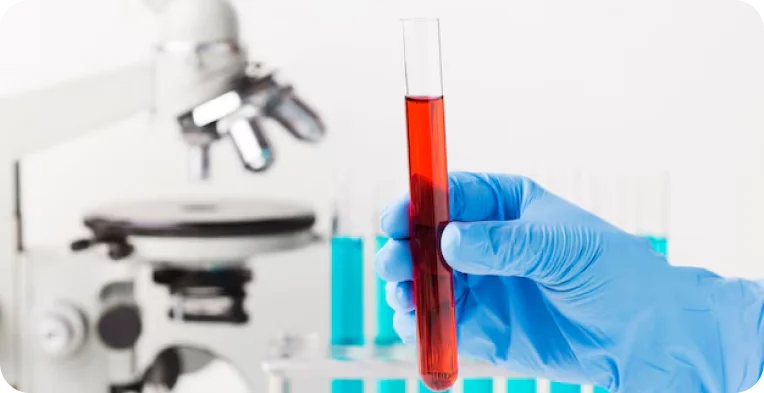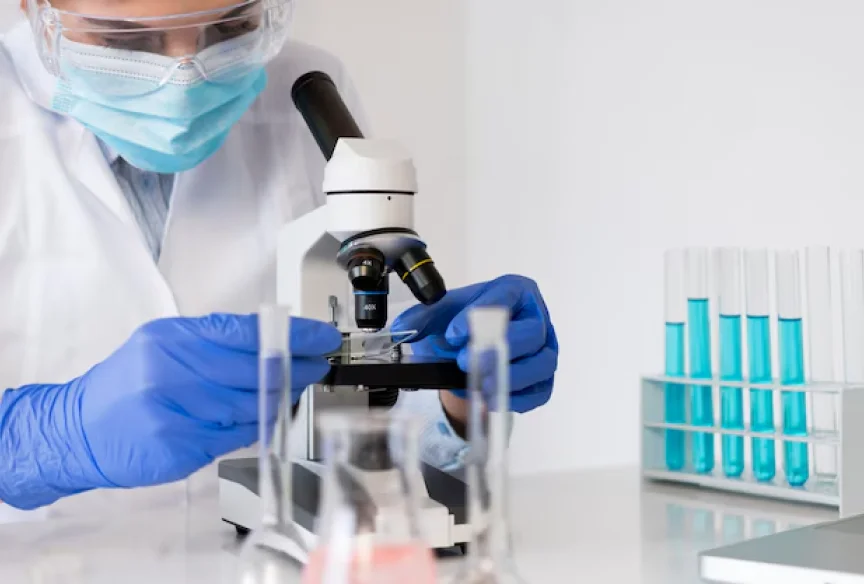
Non-Invasive Prenatal Testing (NIPT) is a highly sensitive screening method for detecting common aneuploidies using cell-free fetal DNA (cffDNA) from maternal blood. It has a significantly lower false positive rate compared to traditional biochemical screening and is recommended as a first-line screening test by international guidelines.

ACOG and ISPD recommend offering NIPT to:
| Condition | Chromosome | Clinical Impact | Sensitivity |
|---|---|---|---|
| Down syndrome | Trisomy 21 | Intellectual disability, congenital anomalies | >99% |
| Edwards syndrome | Trisomy 18 | Severe growth retardation, poor survival | 97–98% |
| Patau syndrome | Trisomy 13 | Severe CNS defects, multiple anomalies | 91–93% |
| Sex chromosome aneuploidies | X, Y | Turner syndrome (45,X), Klinefelter syndrome (47,XXY) | 90–95% |
| Test Type | Sensitivity for Trisomy 21 | False Positive Rate | Sample Type |
|---|---|---|---|
| NIPT (Cell-free DNA test) | >99% | < 0.1% | Maternal blood (10+ weeks) |
| First-trimester serum screening | ~85% | 5% | Maternal blood (11–13 weeks) |
| Patau syndrome | Trisomy 13 | Severe CNS defects, multiple anomalies | 91–93% |
| Quadruple test (second trimester) | ~80% | 5% | Maternal blood (15–20 weeks) |
NIPT significantly reduces the number of unnecessary invasive procedures (CVS, amniocentesis) while maintaining high sensitivity.
| Feature | NIPT | Amniocentesis | Chorionic Villus Sampling (CVS) |
|---|---|---|---|
| Type | Screening | Diagnostic | Diagnostic |
| Gestational Age | 10+ weeks | 15–20 weeks | 11–14 weeks |
| Risk of Miscarriage | None | ~0.1–0.3% | ~0.5–1% |
| Chromosomal Resolution | Trisomy 21, 18, 13 | Whole karyotype, microarray possible | Whole karyotype, microarray possible |
| TAT | 7-10 days | 10–14 days | 10–14 days |
NIPT significantly reduces the number of unnecessary invasive procedures (CVS, amniocentesis) while maintaining high sensitivity.

Precision & Progress
| Sample Type | Collection Requirements | Turnaround Time |
|---|---|---|
| Maternal Blood | 10 ml | 7-10 days |